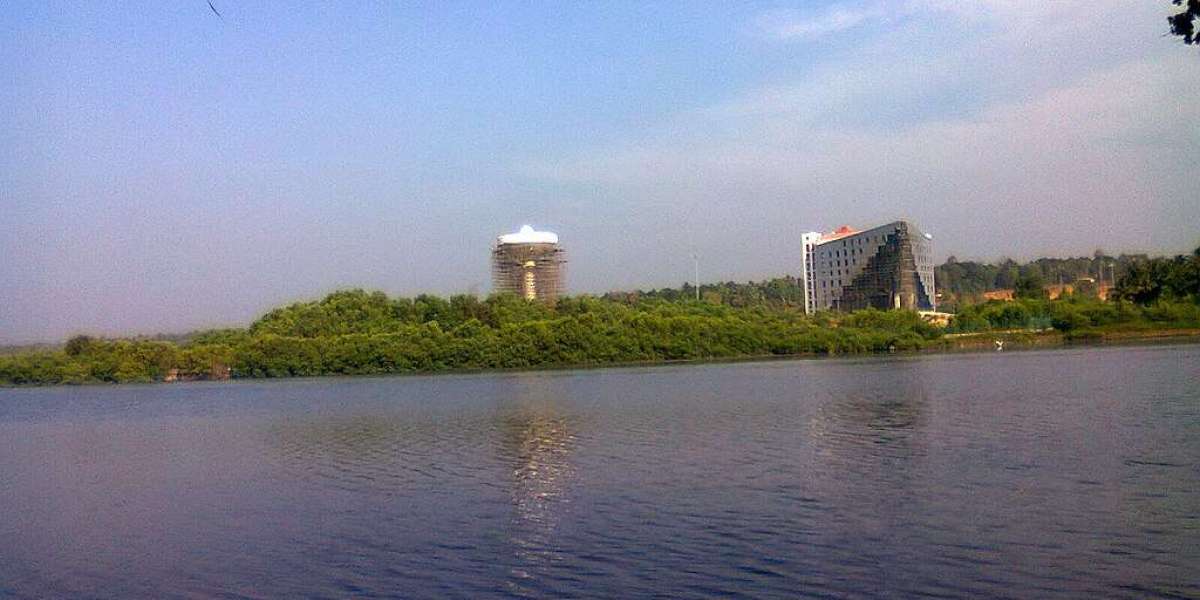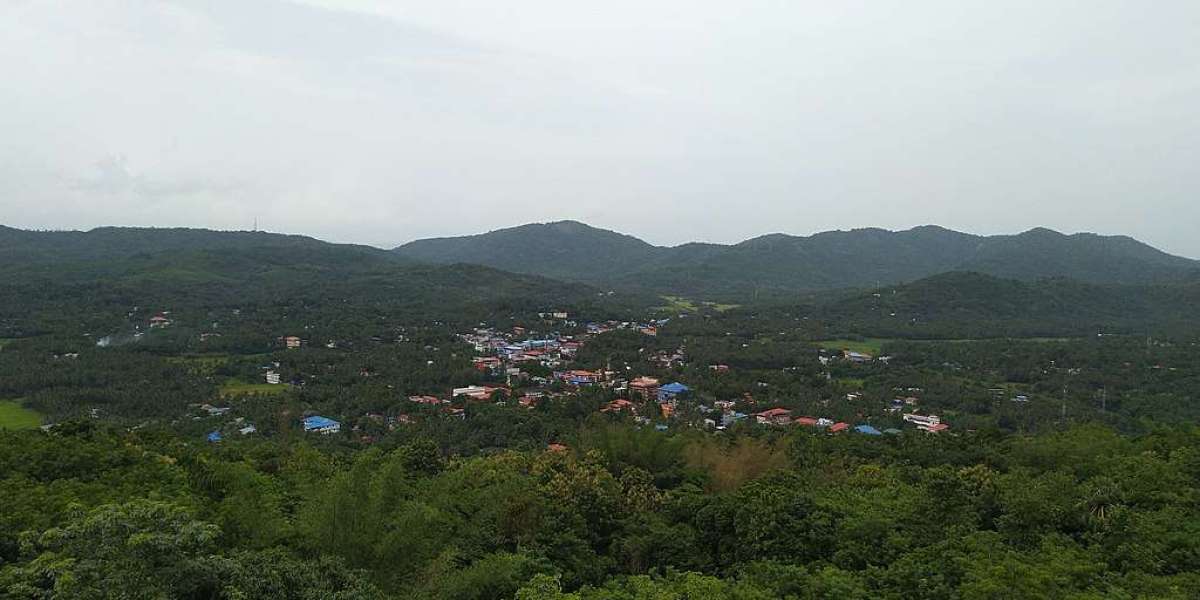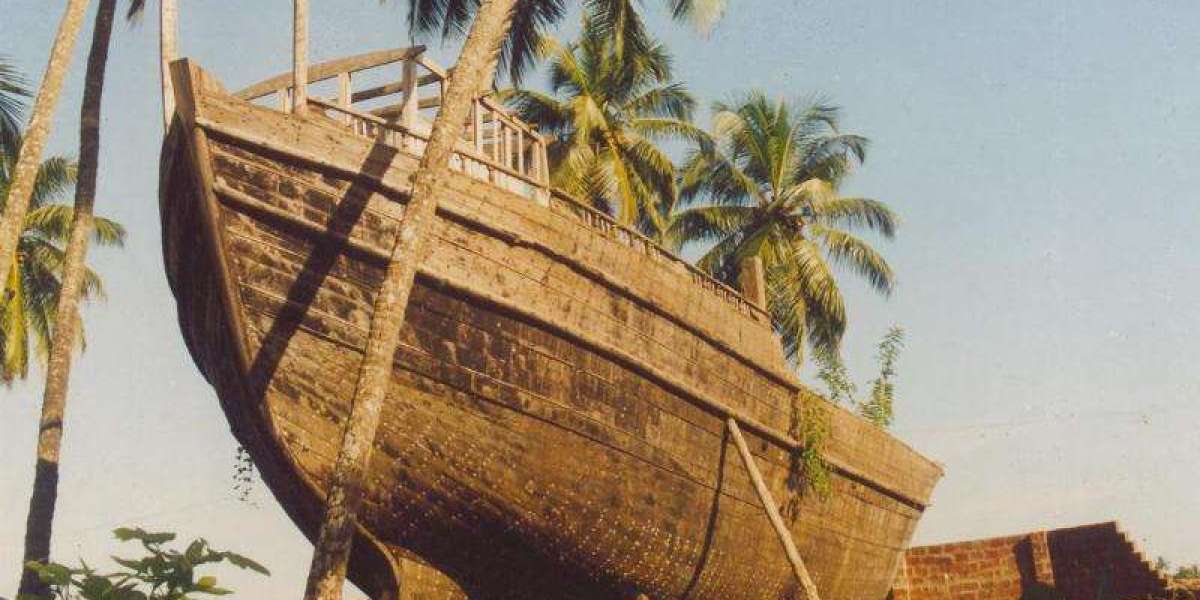Panchayats & Boundaries
Kundara includes a mix of municipal wards and gram panchayats spread across
hilly terrain, wetlands, and old industrial zones:
Perayam
Perinad
Nallila
Nedumpana
Elampalloor
Panayam
Kundara Township (parts of Kollam Municipal Corporation)
These areas lie along the Kollam–Sengottai rail route and MC Road, linking
Kundara with Kollam city and the eastern hill regions of the district.
Geographic & Demographic Peculiarities
Kundara is historically known as Kerala’s industrial cradle, home to major public
sector units like:
Kerala Electrical and Allied Engineering Co. Ltd. (KEL)
Kerala Ceramics Ltd.
Alind (Aluminium Industries Ltd.)
It lies between the Kanjiracodu Kayal and Ashtamudi Lake, making it an
ecologically sensitive yet economically strategic zone. The constituency has a high
literacy rate (96%+) and a mixed population.
Income & Livelihood Sources
Public Sector & Industrial Jobs: Though many factories have declined,
several PSUs still function with limited staff. Revival plans are underway.
Private Employment & Daily Wage Work: In construction, retail, driving,
and logistics.
Government Employment: Schools, health centers, and LSG institutions
are major employers.
Agriculture: Midlands support cultivation of tapioca, banana, vegetables,
and coconut.
NRI Remittances: Substantial, especially from Perinad and Panayam
panchayats, supporting many middle-class families.
Economic Strata
Kundara features a strong lower-middle and middle-income population, with a
notable working-class base tied to industrial heritage. BPL families are
concentrated in areas where factory closures led to prolonged unemployment and
housing insecurity.
Recent Development Efforts
Proposed revival of Kerala Ceramics & KEL under KIIFB and state
industry missions
Skill development initiatives linked to the ASAP programme
New ITI and vocational centers planned in Elampalloor
Kundara Railway Station modernisation for better commuter access
‘weone’ digital rollout to empower citizens with real-time service delivery
and welfare access
Conclusion
Kundara, though scarred by industrial decline, is poised for a people-centric
revival. With strategic interventions in employment, skill-building, and digital
governance through platforms like weone, Kundara can reclaim its role as a model
semi-urban constituency driving inclusive development.







